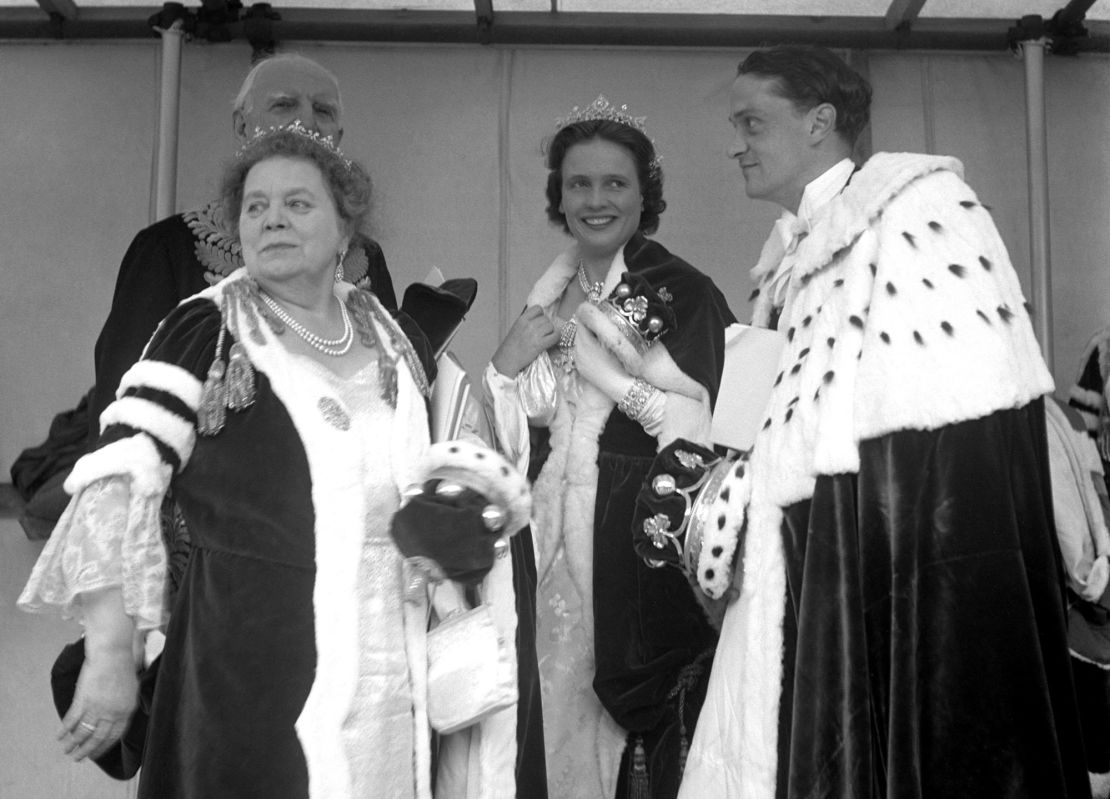Sotheby’s Auctions British coronation diamond necklace
The remarkable story behind the antique British coronation diamond necklace makes it one of the most significant jewels to be offered at auction in recent memory.
This spectacular piece is now set to grace the Sotheby’s Auctions block, where it is anticipated to realize between $1.8 million and $2.8 million. Weighing an approximate total of 300 carats, the 18th-century British coronation diamond necklace is composed of three exquisite rows of old mine-cut diamonds, terminating in elegant diamond-embellished tassels, showcasing a magnificent negligée style that was both opulent and technically advanced for its era.

After the family parted with the diamond piece in the 1960s, it was exhibited in the American Museum of Natural History before being acquired by a private collector.
“This rare and important diamond jewel is a sublime survivor from the opulent court life of the Georgian era, defined by its unrivalled pomp and splendour; it is arguably one of the most magnificent and intact Georgian jewels in private hands,” said Andres White Correal, chairman of Sotheby’s jewellery Europe and Middle East and head of noble jewels, in the release.
“When compared to other surviving Imperial and Royal jewels from the same period,the British coronation diamond necklacestands head and shoulders above these examples; it is a fortune in diamonds, and also a masterclass in exquisite design, workmanship and technical innovation for the period,” he added.

The piece consists of three rows of diamonds that trail on either side into a diamond tassel.
Each diamond is of an old mine brilliant cut and weighs between one and one-and-a-half carats, according to Sotheby’s, which said the diamonds were likely sourced from India’s legendary Golconda mines, where the Hope Diamond was discovered.
Jewels from that time period were often known for their luxury and versatility, with one piece having the potential to be worn as a necklace or as an ornament sewn into a piece of clothing, according to the release.
This particular piece can be worn around the neck with the tassels hanging down on either side, or with the piece tied in a simple knot.
